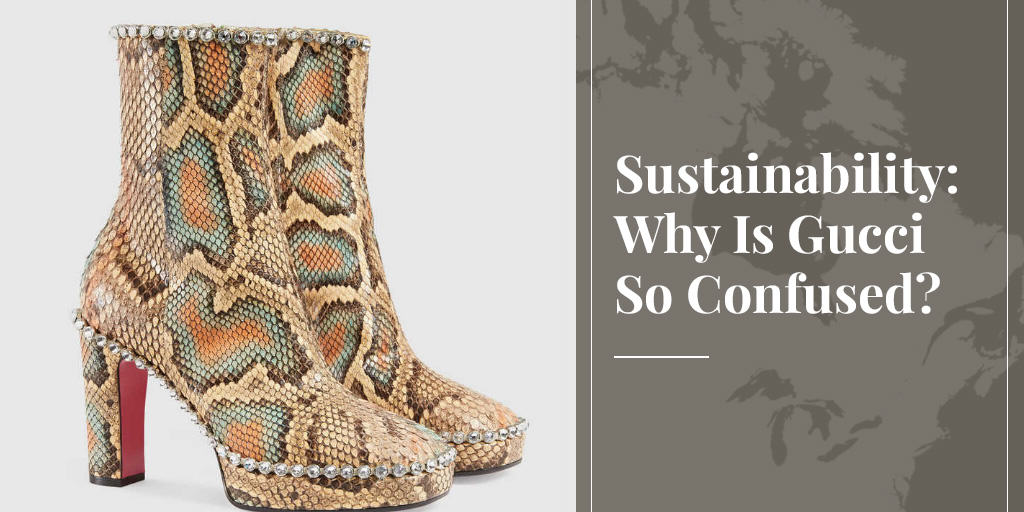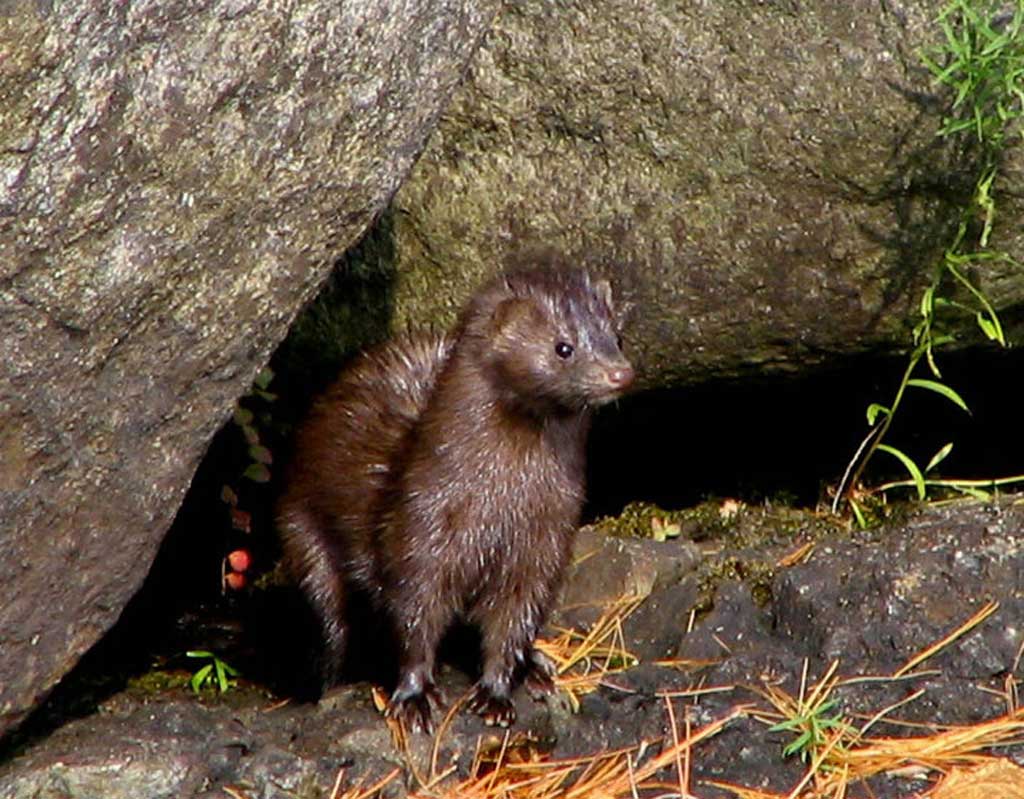In the modern field of conservation, sustainable use is the goal for which resource managers strive. Yet not so long…
Read More

In the modern field of conservation, sustainable use is the goal for which resource managers strive. Yet not so long ago, conservation was popularly associated not with sustainability, but with not using resources at all. Perhaps inevitably, along the way some lazy thinkers came to equate sustainable use of a resource with not using it, among them Gucci CEO Marco Bizzarri.
When Bizzarri announced recently that Gucci would be dropping fur, he caused much head-scratching. The move was a demonstration of “our absolute commitment to making sustainability an intrinsic part of our business,” he explained. So Gucci will now be replacing real fur – a renewable, biodegradable, natural resource – with non-biodegradable fake fur made from a non-renewable resource, petroleum.
How could Gucci have become so confused about the meaning of "sustainability"? History provides a possible answer.
SEE ALSO: Fur-free Gucci policy contradicts company's "sustainability" claims.
Protection vs. Conservation
Forty years ago, when Marco Bizzarri was growing up, and after a long history of renewable natural resources being mismanaged in much of the world, the word "conservation" was on everyone's lips.
But what did "conservation" mean to most of the public or, in practical terms, on the front lines of the war declared on alleged resource abusers?
The biggest "conservation" issue of the day – the biggest ever in terms of public awareness – was whaling, and groups that formed the Save the Whale Campaign called themselves conservationists. A very few were the real deal, but most were actually perpetrating a deception. They were not interested in sustainable use, or a temporary cessation of whaling to allow stocks to recover. They wanted all whaling stopped forever, regardless of the state of stocks. They were "protectionists", or, to use a term more commonly associated with wilderness protection, "preservationists".
And so the die was cast. In the popular conscience, "conservation" had come to mean not using something, be it whales, seals, ivory, tuna or tropical rain forests. The list just grew as "Save the [enter pet cause here]" campaigns proliferated. Stopping the killing of any animal, correctly termed protection, was now widely perceived by much of the media and the general public as a conservation goal.
From Conservation to Sustainability
Meanwhile, true conservationists were developing increasingly sophisticated management strategies based on a relatively new concept, the "sustainable use of renewable natural resources".
An integral part of sustainable use is that conservation objectives are often best served by giving renewable resources financial value, thereby giving stakeholders an incentive to manage them wisely. For many species of animal, the most effective way of doing this is to allow regulated killing for food or clothing. Captive breeding and even domestication of animals can also help relieve pressure on wild populations. Gucci's parent group, Kering, is actively involved in a programme to conserve pythons by farming them. Ted Turner's bison ranches have played a key role in bringing this animal back from the brink of extinction. And yes, all wild species of furbearers have benefited from the expansion of mink farming.
In short, sustainable use is founded on the consumptive use of resources in a regulated environment. It gives the resources value to stakeholders, while ensuring use of those resources does not exceed their capacity to replenish themselves.
Sustainable use is not about stopping use of a resource.

Gucci Left Behind
Gucci's understanding of "sustainability" appears to be based on an outdated, 1970's view of conservation: that the best way to conserve a resource is to stop using it.
For sure, some furbearer species were hit hard by hunting and trapping before modern regulations were implemented, even in North America. And some, such as South American and African spotted cats, are now – rightly – banned in international trade.
But to imply, as Gucci does, that farmed mink and fox, or abundant wild populations, will somehow benefit by no longer being used for fur shows a naîve and total misunderstanding of how sustainable use works.
Gucci has been left behind as our knowledge of environmental conservation has evolved. We don't need a Save the Mink campaign!







